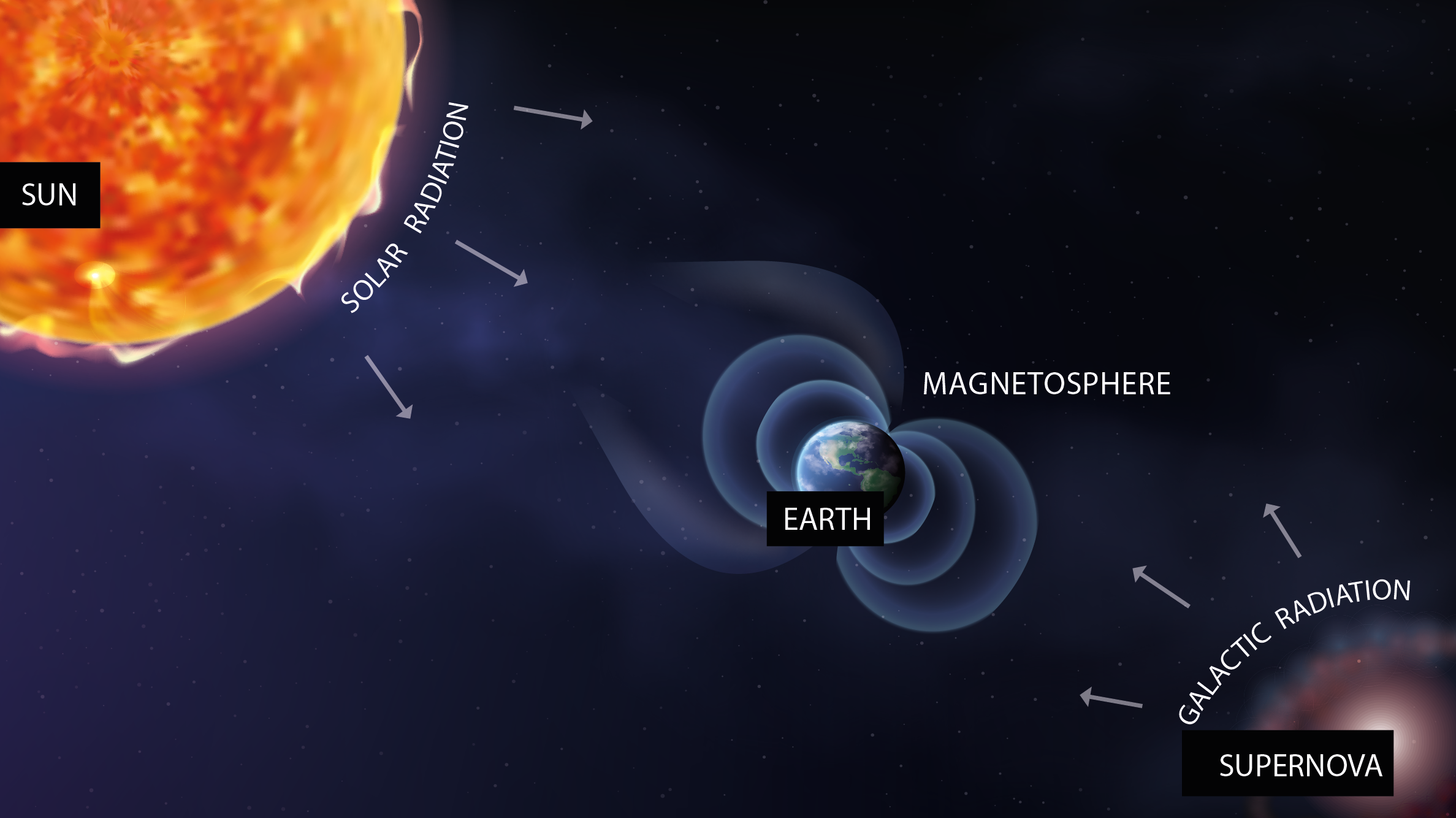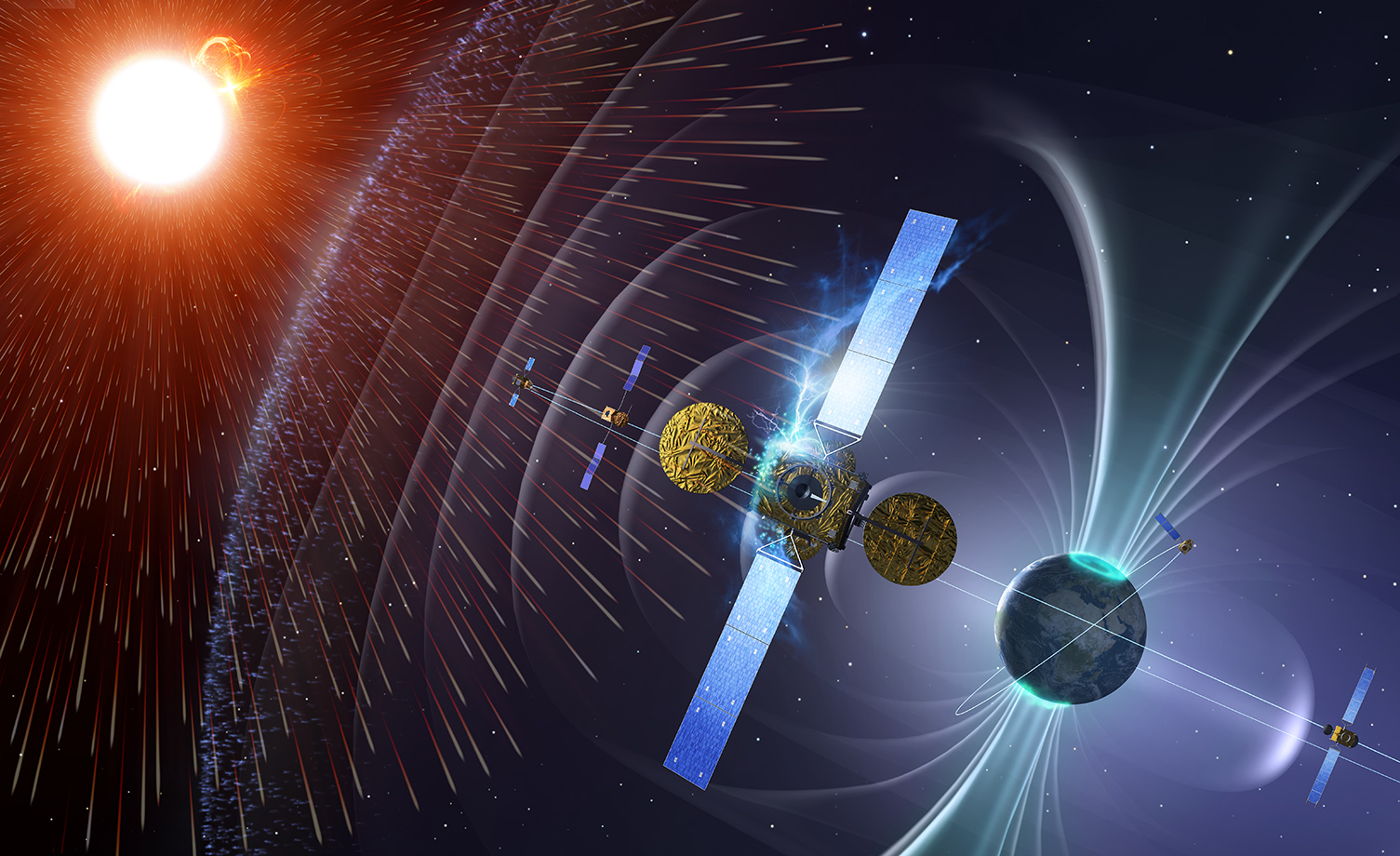
Source: International Atomic Energy Agency
Solar Irradiance in Space
When sunlight travels through space, the solar irradiance, which is the power density incident on an object due to illumination from the sun, decreases as the object moves further away from the sun. This phenomenon occurs because the total power emitted by the sun is spread out over a larger surface area as the distance from the sun increases.
Calculating Solar Irradiance
The solar irradiance on an object at a distance D from the sun can be calculated by dividing the total power emitted by the sun by the surface area over which the sunlight falls. The total solar radiation emitted by the sun is determined by the Stefan-Boltzmann’s blackbody equation and the surface area of the sun.
The solar radiation intensity, H0 (in W/m2), incident on an object can be calculated using the formula:
Where Hsun is the power density at the sun’s surface, Rsun is the radius of the sun, and D is the distance from the sun.
Planetary Solar Irradiance
Each planet in our solar system receives a different amount of solar irradiance based on its distance from the sun. The table below provides standardized values for the mean solar irradiance at various planets:
| Planet | Distance from Sun (x 10^9 m) | Mean Solar Irradiance (W/m2) |
|---|---|---|
| Mercury | 57 | 9116.4 |
| Venus | 108 | 2611.0 |
| Earth | 150 | 1366.1 |
| Mars | 227 | 588.6 |
| Jupiter | 778 | 50.5 |
| Saturn | 1426 | 15.04 |
| Uranus | 2868 | 3.72 |
| Neptune | 4497 | 1.51 |
| Pluto | 5806 | 0.878 |
For more information on the planets in our solar system, you can visit the NASA Planetary Fact Sheet: NASA Planetary Fact Sheet.

Source: European Space Agency
